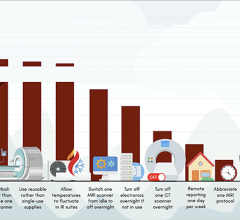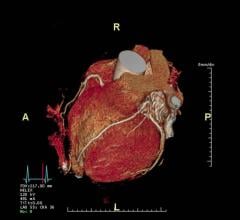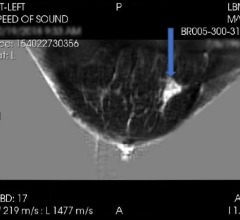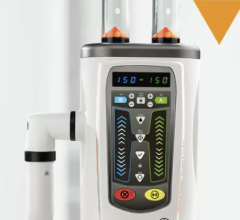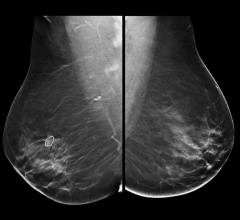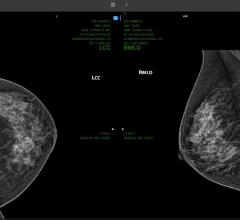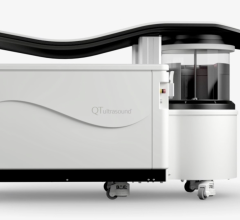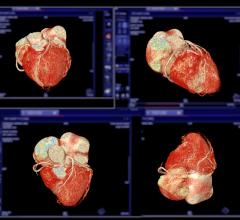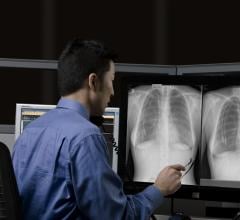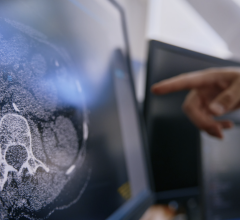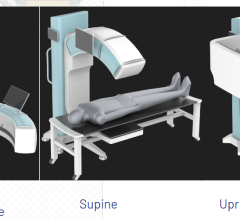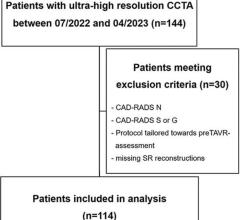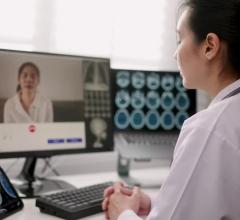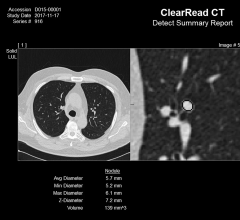Contributing Editor Greg Freiherr offers an overview of computed tomography (CT) advances at the Radiological Society of North America (RSNA) 2015. The video includes Freiherr during his booth tours with some of the key vendors who were featuring new technology.
Technology Report:
Computed Tomography (CT)
Related Content
News | Pediatric Imaging
May 2, 2024 — Head and abdominal trauma is a leading cause of death for children. About 1%–2% of children who come to…
Feature | Radiology Business
Beginning this spring, ITN will begin sending out a bi-monthly survey to our readers on a variety of topics, which we…
News | Enterprise Imaging
April 25, 2024 — International medical imaging IT and cybersecurity company Sectra has signed two contracts to provide…
Sponsored Content
Sponsored Content
Videos | Radiology Business
Radiology departments have many different needs and face a wide variety of challenges that can impact their departments ...
News | Radiology Business
April 23, 2024 — A diverse writing group, led by authors at the University of Toronto, have developed an approach for…
News | Computed Tomography (CT)
April 22, 2024 — A new study showed that a non-invasive imaging test can help identify patients with coronary artery…
News | Clinical Trials
April 16, 2024 — QT Imaging Holdings, Inc., a medical device company engaged in research, development, and…
Sponsored Content
Feature | Breast Imaging
Despite decades of progress in breast imaging, one challenge continues to test even the most skilled radiologists ...
News | Mammography
April 12, 2024 — Bayer and Hologic, Inc. announced a first-of-its-kind collaboration to deliver a coordinated solution…
News | Mammography
April 12, 2024 — GE HealthCare, a leader in breast health technology and diagnostics, will feature its latest breast…
News | Radiation Therapy
March 28, 2024 — RefleXion Medical, Inc., a therapeutic oncology company, and Limbus AI, Inc., a provider of software…
Sponsored Content
Sponsored Content
Videos | Radiology Business
Bayer Radiology’s Barbara Ruhland and Thom Kinst discuss how radiology departments can address the many different ...
News | Artificial Intelligence
March 18, 2024 — RamSoft, a global leader in novel cloud-based RIS/PACS radiology solutions for imaging centers and…
News | Breast Imaging
March 18, 2024 — QT Imaging Holdings, Inc., a medical device company engaged in research, development, and…
Feature | Computed Tomography (CT) | By Melinda Taschetta-Millane
Computed Tomography (CT) continues to be a rapidly evolving technology with many new advancements, as displayed and…
Sponsored Content
Case Study | PACS
eHealth Saskatchewan plays a vital role in providing IT services to patients, health care providers, and partners such ...
News | Radiology Imaging
March 5, 2024 — Life Guard Imaging, a pioneering leader in preventative imaging services, is thrilled to announce its…
News | Artificial Intelligence
February 29, 2024 — AIxSCAN, Inc., a Sunnyvale, CA-based developer of a next generation artificial intelligence (AI)-…
News | Artificial Intelligence
February 27, 2024 — Median Technologies announced that the Company will be participating and speaking at the premier…
News | X-Ray
February 26, 2024 — AIxSCAN, Inc. began clinical trials in late 2023. The AIxSCAN, Inc. team is very pleased with the…
News | Computed Tomography (CT)
February 20, 2024 — Ultrahigh-spatial-resolution photon-counting detector CT improved assessment of coronary artery…
Videos | RSNA
At RSNA23, Imaging Technology News (ITN) spoke with Bhvita Jani, principal analyst at Signify Research, about…
News | ACR
February 6, 2024 — An update to the CT Colonography Reporting and Data System (C-RADS) has been published Jan. 30 in…
News | Artificial Intelligence
February 1, 2024 — Nearly 8,000 veterans are diagnosed with lung cancer each year. Now at-risk veterans will have…
© Copyright Wainscot Media. All Rights Reserved.
Subscribe Now

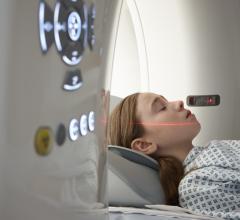
 May 02, 2024
May 02, 2024 


